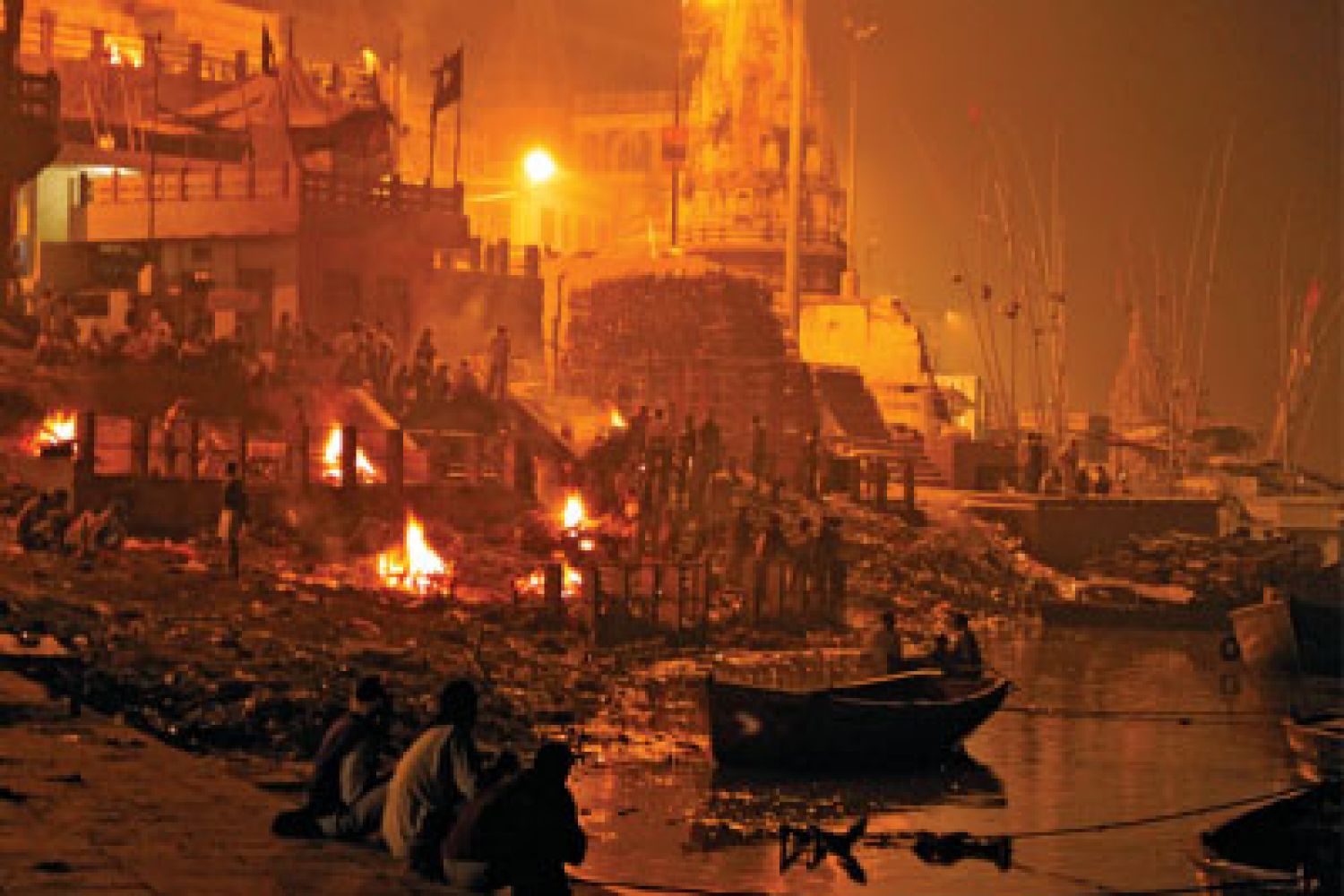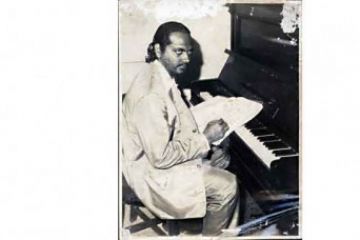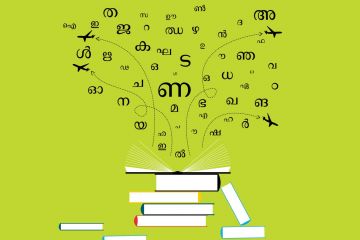
As I sit in a boat and
traverse the crescent-shaped length of the Ganga which hugs Kashi, better known
today as Varanasi, I am forced to think about death and dying.
Even before I arrive
at Manikarnika Ghat, I see the smoke rising in the air and know that someone is
being cremated.
I watch the
constituents of what was once a human body rise upwards in a column. The flames
dim a little and the man who guides the performance of the rituals stokes the
fire so that the body burns faster.





